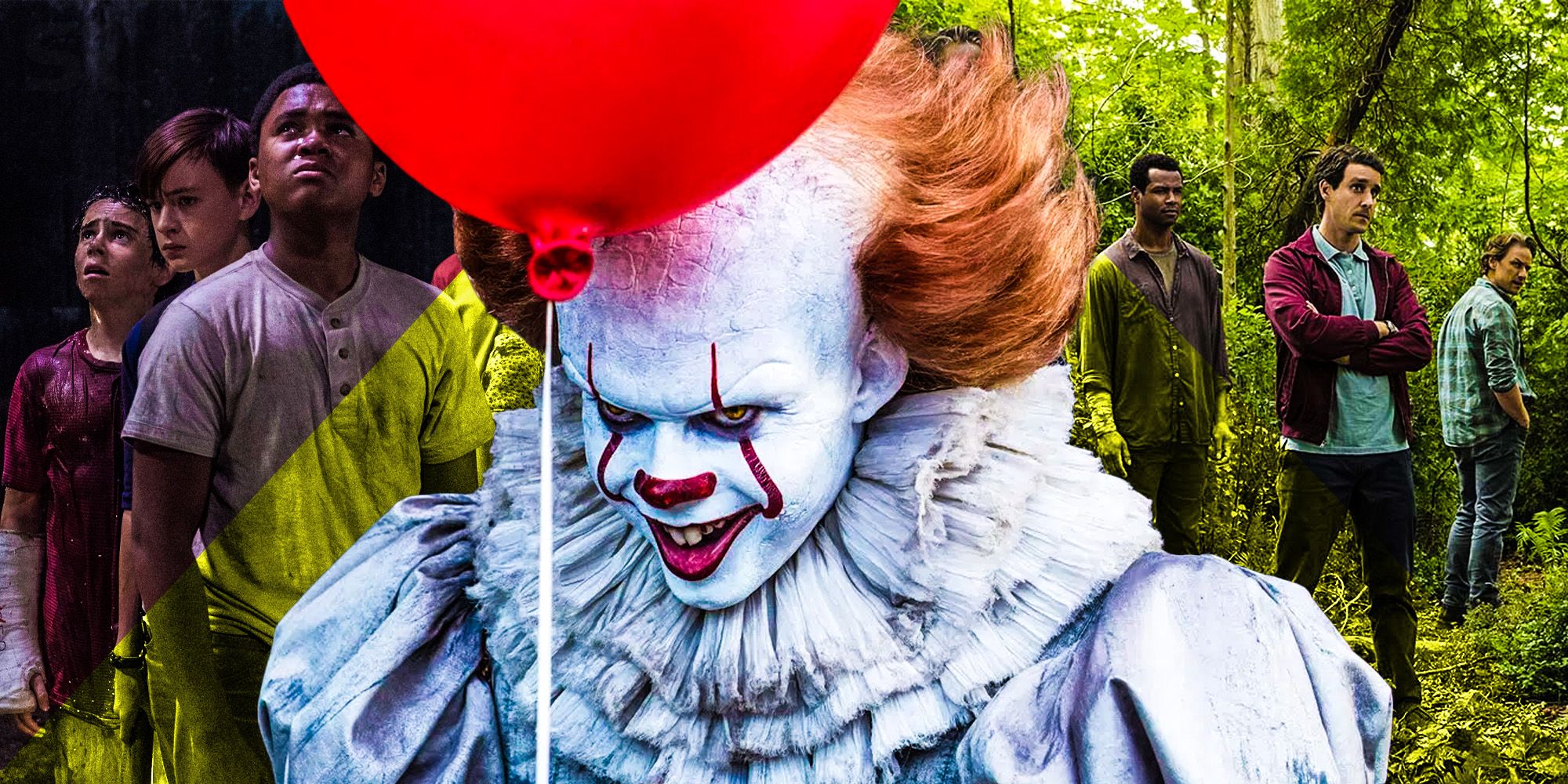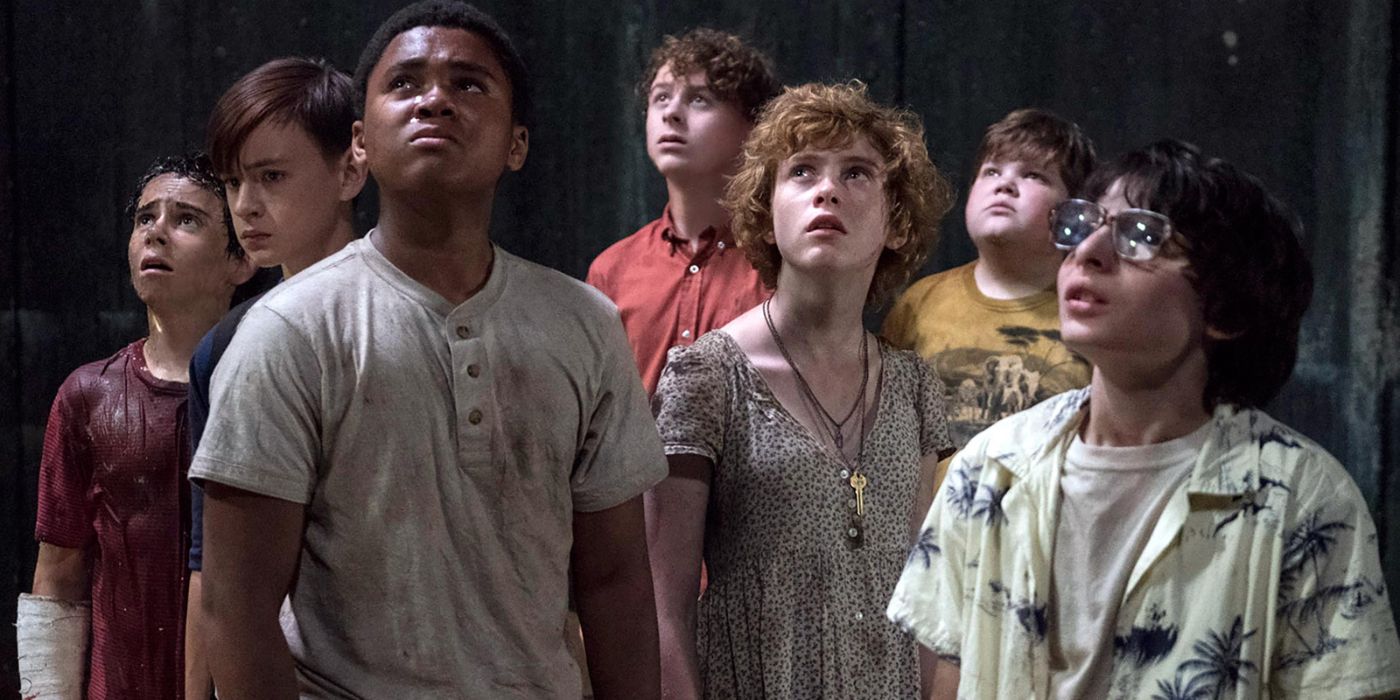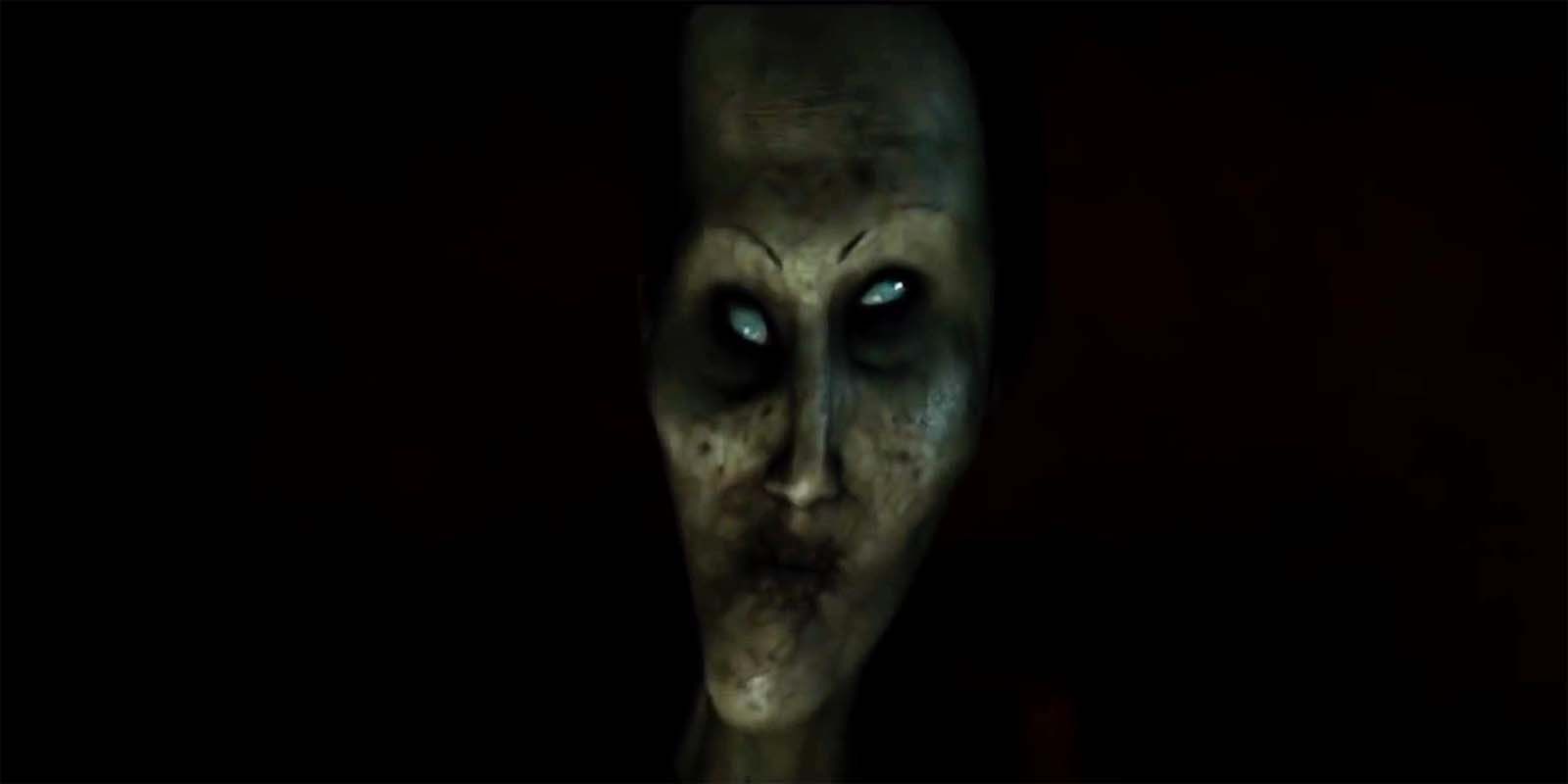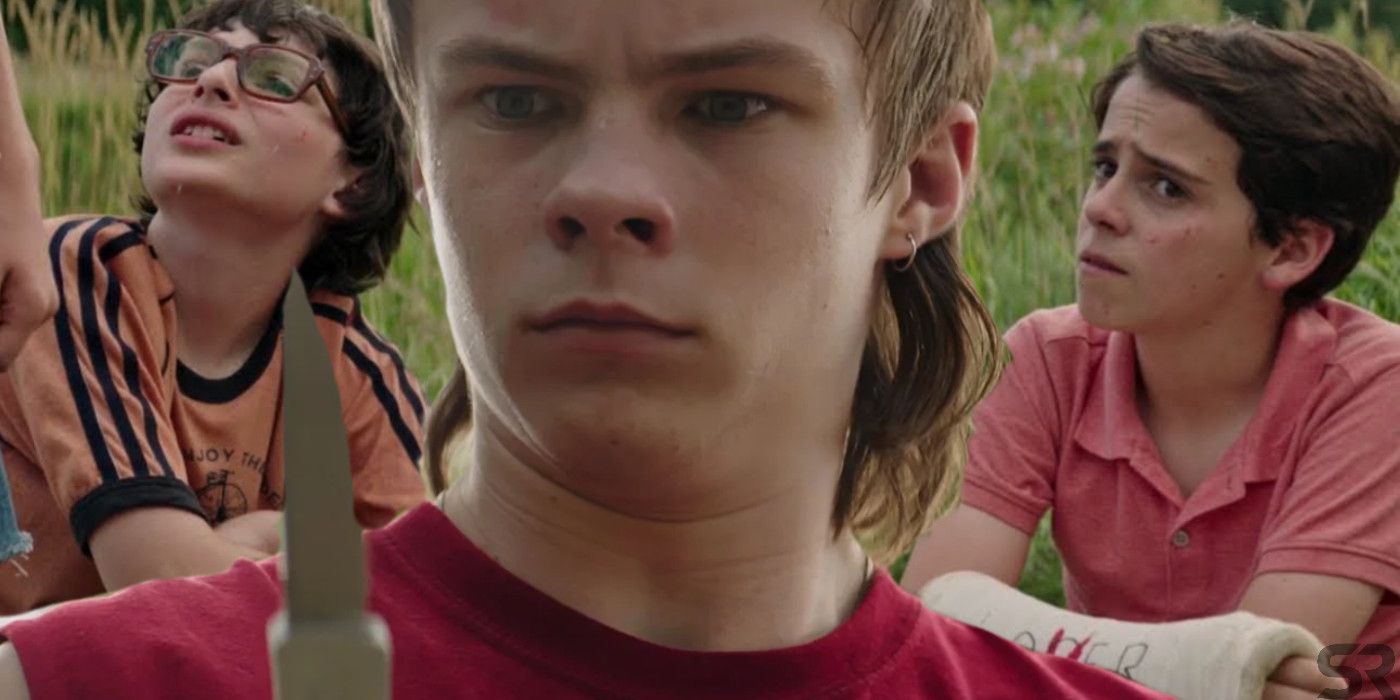The original movie won critical and audience acclaim upon its 2017 release, so what did the Stephen King adaptation get right that its 2019 sequel It Chapter 2 messed up? Ever since the publication of his bestselling debut novel Carrie in 1974, author Stephen King has been the first name in literary horror. He has enjoyed unparalleled success in the horror genre in the last few decades, selling millions of books and becoming a household name in the process.
However, his status as the crown prince of horror is not limited to the printed page. Thanks to works derived from his books and short story collections, Stephen King has been a near-permanent fixture on the big and small screen, too. That said, the critical reception of his many movie and miniseries adaptations has been mixed at best. For every classic like The Shining, there is a dud like Dreamcatcher, and sometimes, even two movies in the same series can have opposed critical fates. Mary Lambert’s 1989 Pet Sematary received great reviews upon release and remains fondly remembered as a cult classic, but sequel Pet Sematary 2 was a laughably bad follow-up that boasts few redeeming features outside of a hilarious Clancy Brown performance
Meanwhile, It was a wildly successful blockbuster update of the ‘90s miniseries that was seen to have improved on the original television adaptation (even if Tim Curry’s Pennywise was a scarier clown than Bill Skarsgard's movie iteration). However, its sequel It Chapter 2 earned decidedly more mixed reviews upon its 2019 release, despite having an even more impressive cast. So, why couldn't the sequel match the first film's success?
It Had A Clear Time Setting (Chapter 2 Didn’t)
Outside of a few references to New Kids On the Block or Sony Walkmans, It did not flaunt its nostalgic ‘80s setting. However, the movie did use its setting in the recent past to depict the social and cultural ills of the ‘80s to ground the adventure in a clear, definite period. Where series like Stranger Things offered a rose-tinted vision of the decade, It depicted the era of latchkey kids as a time when threats to children weren’t taken seriously or major social issues went unacknowledged. Small-town bully Henry Bowers operates with impunity despite being a violent sociopath, a subplot that would seem less believable in the era of social media or constant online access. This allowed It to take advantage of its period setting to comment on the ’80s and to contextualize the story.
In contrast, It Chapter 2 was set in the then-current day of 2019, but frequent flashbacks meant it repeatedly returned to the setting of the preceding film in a way that drew viewers out of the 2019 story. This was something It avoided, as it is harder to care about the fate of the adult Losers Club when frequent digressions to their childhood sap their present-day stories of mounting tension. Before viewers can fear for the life of adult Beverly or Eddie, for example, they are transported back to Stanley’s bar mitzvah for an extended flashback. This was also compounded by the larger problem of It Chapter 2 failing to use its contemporary setting to its advantage, with questions like why Richie wouldn’t be out of the closet as a successful stand-up comedian living in 2019 LA left unanswered.
It Connected Pennywise To The Loser’s Fears (Chapter 2 Didn’t)
It established clear connections between the internal lives of the Losers Club and Pennywise’s incarnations, with the Clown appearing as an embodiment of their deepest fears. In some cases, the connection was blatant, such as the leper that pursues Eddie representing the hypochondriac’s fear of illness, diseases, or germs. However, even when the connection was more conceptual, the leap was not hard for audiences to make. Stanley isn’t scared by just any painting, but rather by the painting hanging in the synagogue where he prepares for his bar mitzvah, a clear connection to his fear of growing up and the impending responsibilities of adulthood. To the movie’s credit, It Chapter 2 does attempt to connect the scares to the overarching themes of the character's journeys, but a flaming-headed Beverly and a lumberjack statue aren’t particularly scary sights even if their metaphorical import is easy to discern.
Meanwhile, many of the sequel’s biggest scares come from left field and have no comprehensible connection to the fears of its characters. If there is an intended connection between a naked old woman running around her house and Beverly’s fear of her father (and by extension, abusive men), it is anyone’s guess. Pennywise’s later apparition in the form of Beverly’s father, meanwhile, poses the opposite problem - it’s far too on-the-nose. Stanley’s fear didn’t need to be his rabbi hitting him on the head with the Torah for viewers to get that the kid is scared of growing up. Similarly, although Bev’s dad does get a fun '80s-appropriate nod to Kubrick’s adaptation of The Shining, the movie could have used a more thoughtful way of illustrating Beverly’s trauma than just turning Pennywise into her abuser.
It Had A Credible Non-Pennywise Threat (Chapter 2 Didn’t)
Unhinged bully Henry Bowers may not be too scary for adult viewers, but to the original's young protagonists, a 16-year-old with a knife is a credible threat that lurks in the background even when Pennywise isn’t present. In contrast, adult Henry is a lone man who barely survives the sequel, and never acts as a meaningful threat to the Losers Club. More broadly, throughout the action of It, the fact the kids are small children means they can’t escape the small town of Derry any more than Danny could leave the Overlook in The Shining.
Like Dr. Sleep, another disappointing King adaptation from 2019, It Chapter 2 fails to recapture this sense of claustrophobia in the action of the sequel. The Losers Club are now adults and actively choose to return to Derry, making the life-or-death stakes of their adventure less compelling since they could choose to hightail it out of town at any point. It Chapter 2 could have found a way to work around this, perhaps by showing how debilitating Pennywise’s appearances in their non-Derry lives are, but the sequel fails to make its threat as tangible and scary as the original It managed, losing critical favor as a result.




